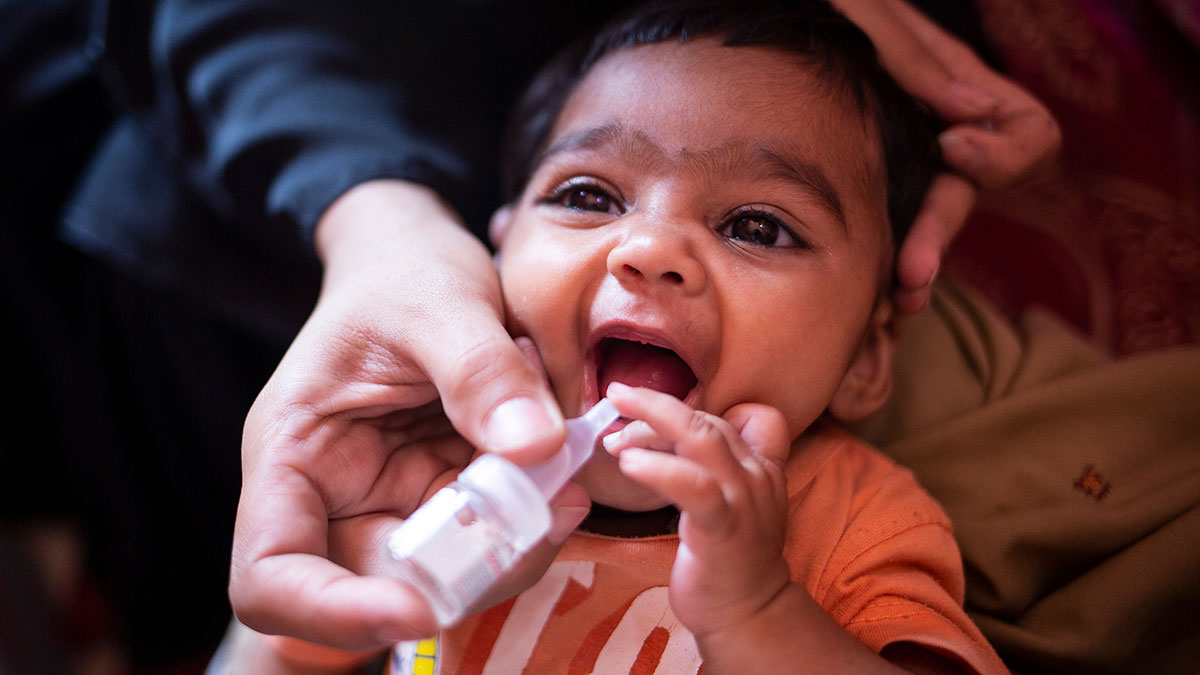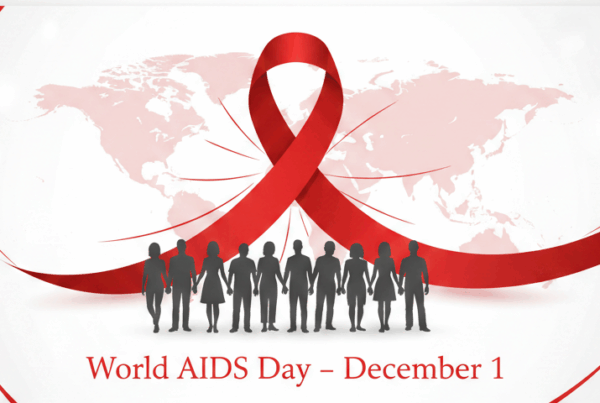Observed annually on October 24, World Polio Day stands as a powerful testament to human ingenuity, perseverance, and global cooperation in the face of a devastating disease. This date was chosen by Rotary International to commemorate the birthday of Dr. Jonas Salk, who led the team that developed the first effective inactivated poliovirus vaccine (IPV) in 1955. Polio, a highly infectious viral illness that primarily affects young children, invades the nervous system and can cause irreversible paralysis or even death. For decades, it was one of the most feared public health scourges globally, leaving millions of survivors with lifelong disabilities.
The introduction of the IPV, followed by Dr. Albert Sabin’s development of the oral polio vaccine (OPV), initiated the long, ambitious journey toward global eradication. This mission gained formal momentum with the launch of the Global Polio Eradication Initiative (GPEI) in 1988, a partnership involving the World Health Organization (WHO), Rotary International, the U.S. Centers for Disease Control and Prevention (CDC), and UNICEF. At the time, wild poliovirus was endemic in over 125 countries, paralyzing hundreds of thousands of children each year.
The significance of World Polio Day lies in both celebrating the monumental success achieved and renewing the commitment required to finish the job. Since 1988, global cases of wild poliovirus have been reduced by over 99.9%, with most regions of the world now certified polio-free. This remarkable progress, which has prevented paralysis in over 20 million people, is a direct result of coordinated mass vaccination campaigns, robust surveillance, and the tireless dedication of millions of frontline health workers and volunteers. However, the fight is not yet over. Endemic transmission of the wild poliovirus persists in only two countries—Afghanistan and Pakistan—and outbreaks of circulating vaccine-derived poliovirus pose an ongoing threat in areas with low immunization coverage. World Polio Day serves as a vital annual platform to advocate for sustained political will and the financial resources needed for the final, critical push to ensure that every child, everywhere, is protected against this entirely preventable disease. The ultimate goal is to see polio become only the second human disease, after smallpox, ever to be completely eradicated from the planet, a victory that would deliver a profound global public good and secure a healthier future for generations to come.



